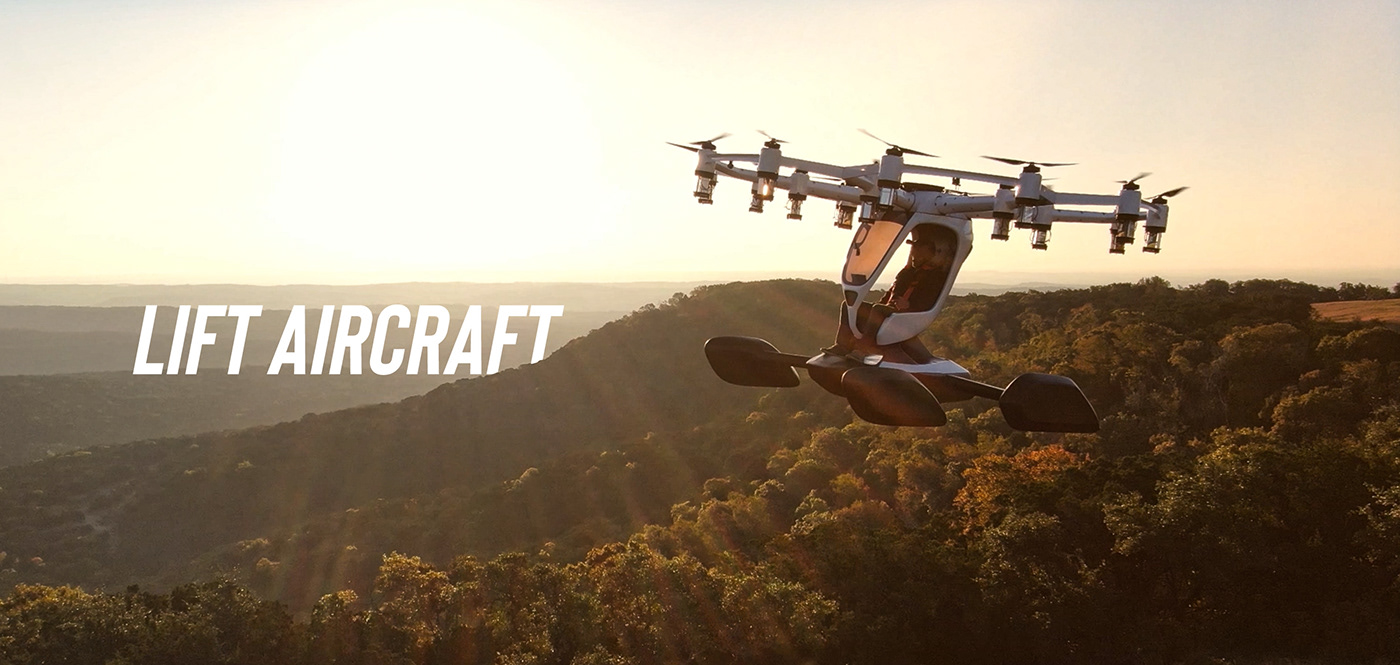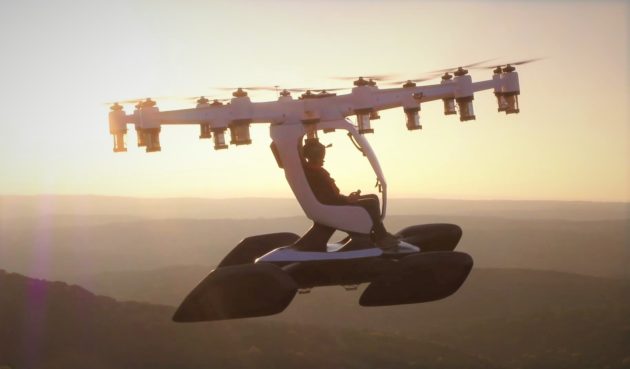LIFT Aircraft to introduce 'Hexa' personal plane

LIFT Aircraft may end up being the first to sell pleasure rides in such a vehicle.
LAGO VISTA (Reuters) - A Texas company aims to sell short recreational flights later this year in a one-seater electric aircraft it has designed that can be controlled by a joystick without requiring a pilot’s license.
It is one of the startups vying with aerospace giants Boeing Co and Airbus to develop electric "vertical takeoff and landing" aircraft, which typically have multiple spinning rotors to produce lift. Many models resemble unmanned aerial drones, only much larger and with seats for passengers.
LIFT Aircraft may end up being the first to sell pleasure rides in such a vehicle, in part because it says the aircraft is light enough to be considered an "ultralight" vehicle by the Federal Aviation Authority. It has no relationship to the ride-sharing app, Lyft.

Ultralight vehicles, a category that includes hang gliders, can be flown by someone without a license under FAA rules. LIFT says its 18-rotor Hexa aircraft weighs around 426 pounds (196 kg), including floats to allow it to bob on water and a parachute for emergencies. All told, LIFT says the FAA has validated the company’s interpretation of the ultra-light regulations for the Hexa.
"We really envision a future where anyone can fly," Matt Chasen, LIFT’s founder, said in an interview. "We truly are on the cusp of a revolution in aviation and it’s being brought about by the electrification of aircraft. Much like electric cars are going to be the future of driving, electric aircraft are going to be the future of flying."
Chasen is planning to sell rides near cities around the United States later this year.

Customers would first spend time learning the controls in a simulator before climbing into a Hexa to fly for up to 15 minutes, the maximum amount of time that can be safely allowed by the batteries.
The aircraft can fly at speeds of up to 55 knots (63 miles per hour), the maximum allowed for ultralight aircraft under FAA rules.
An onboard computer system, similar to the "geofencing" technology used in aerial drones, will prevent the aircraft from flying outside a proscribed area over open land or water, and will allow for remote control from the ground. And should a need arise, engineers will be able to take over the craft from land. The FAA bans ultralight aircraft from flying over built-up areas and they can only be used for sport or recreation, meaning they are not viable as a form of commuter transit.

"Depending on the time scale that you’re looking at, no, 10 to 20 years, we’ll all be using these things," Colin Guinn, an expert in drone technology, who’s also an associate of Chasten’s, told Reuters.

